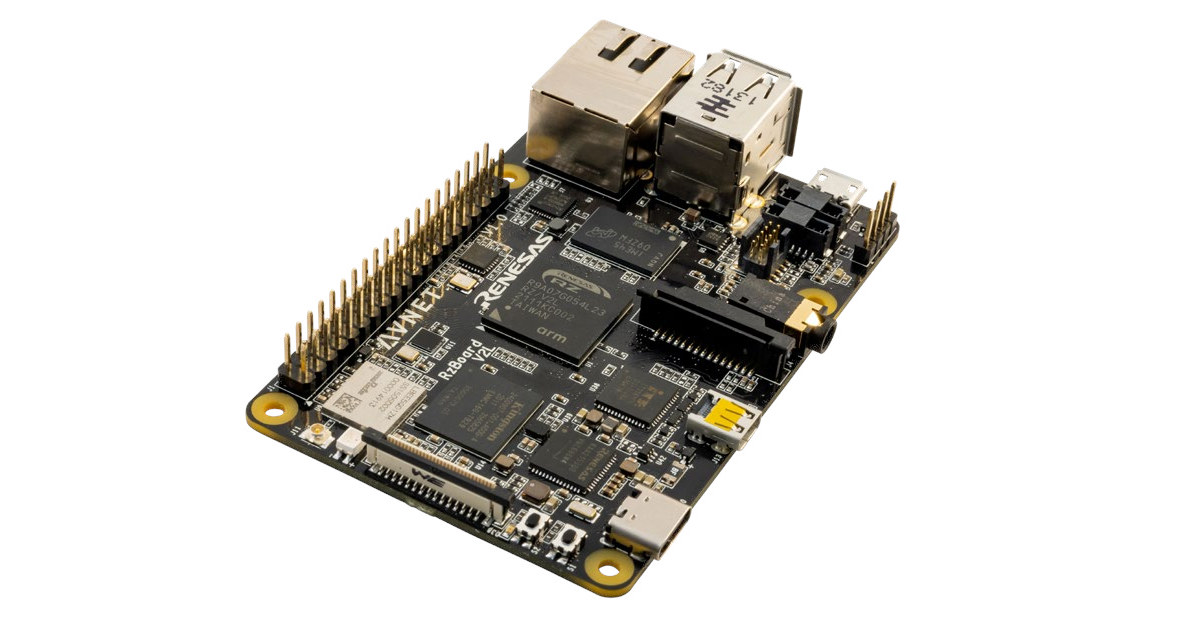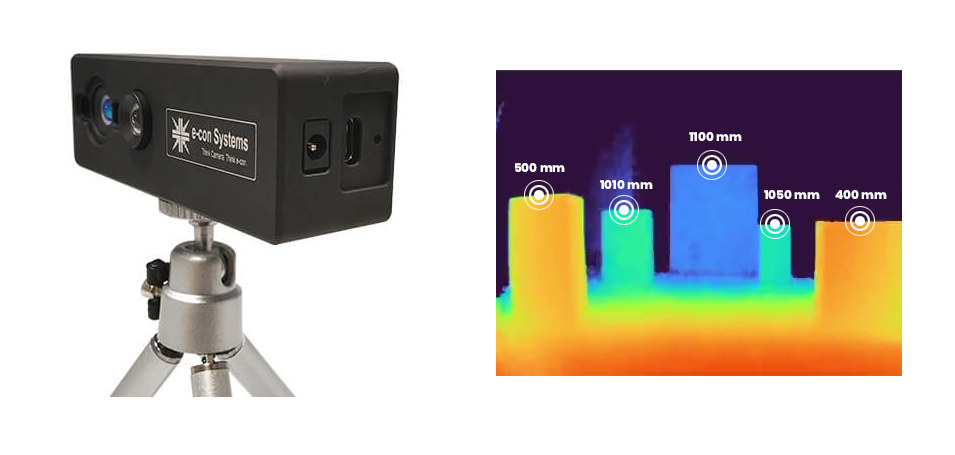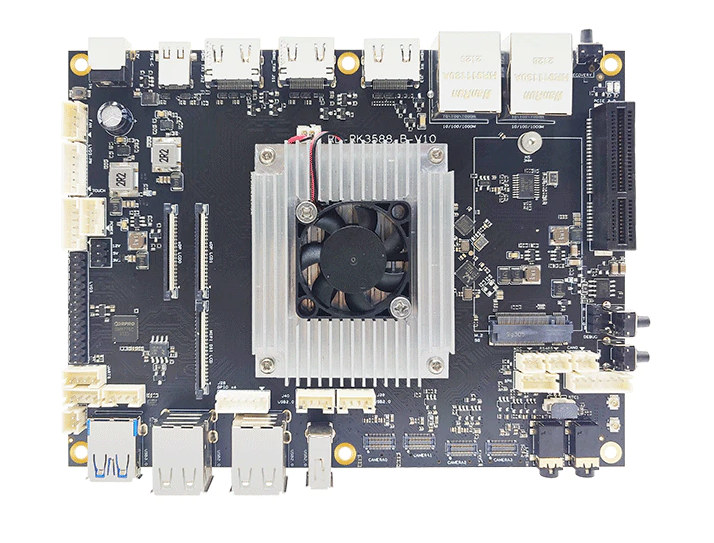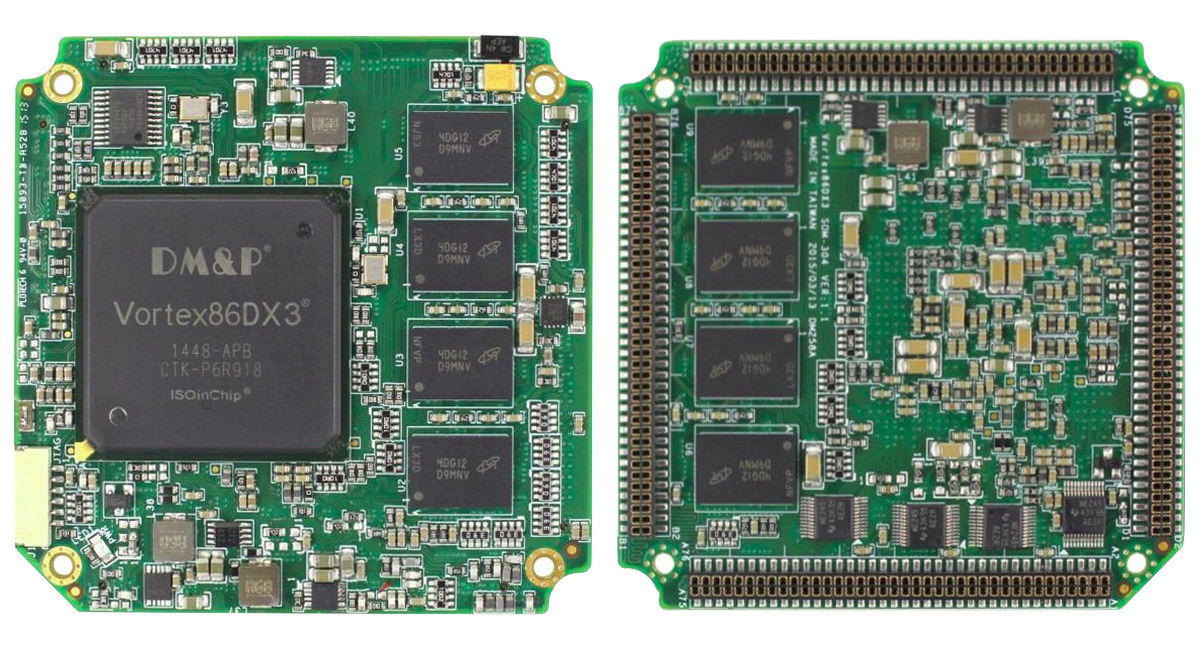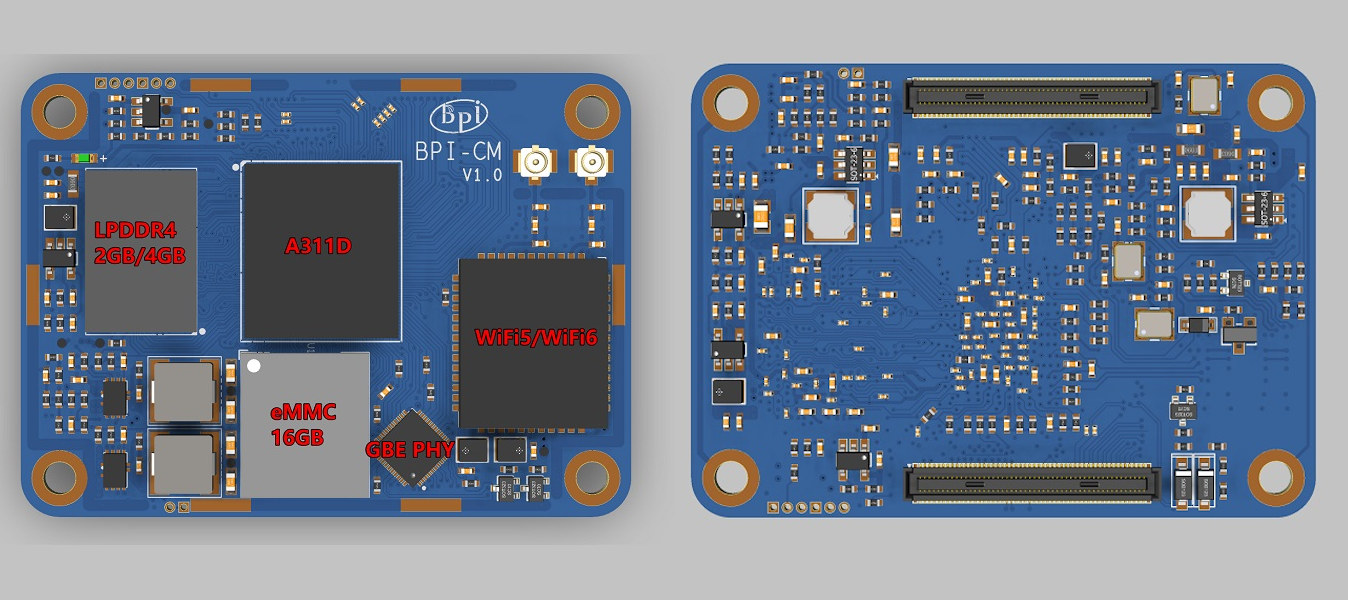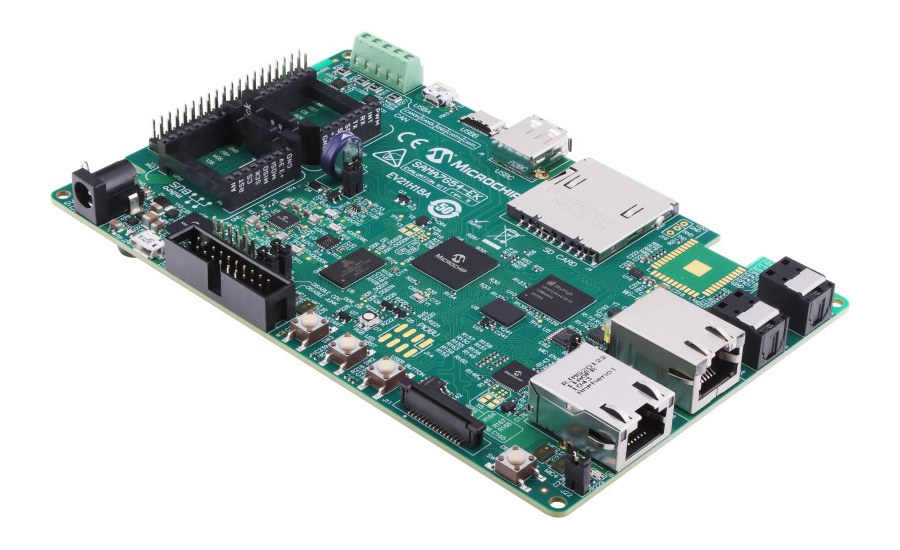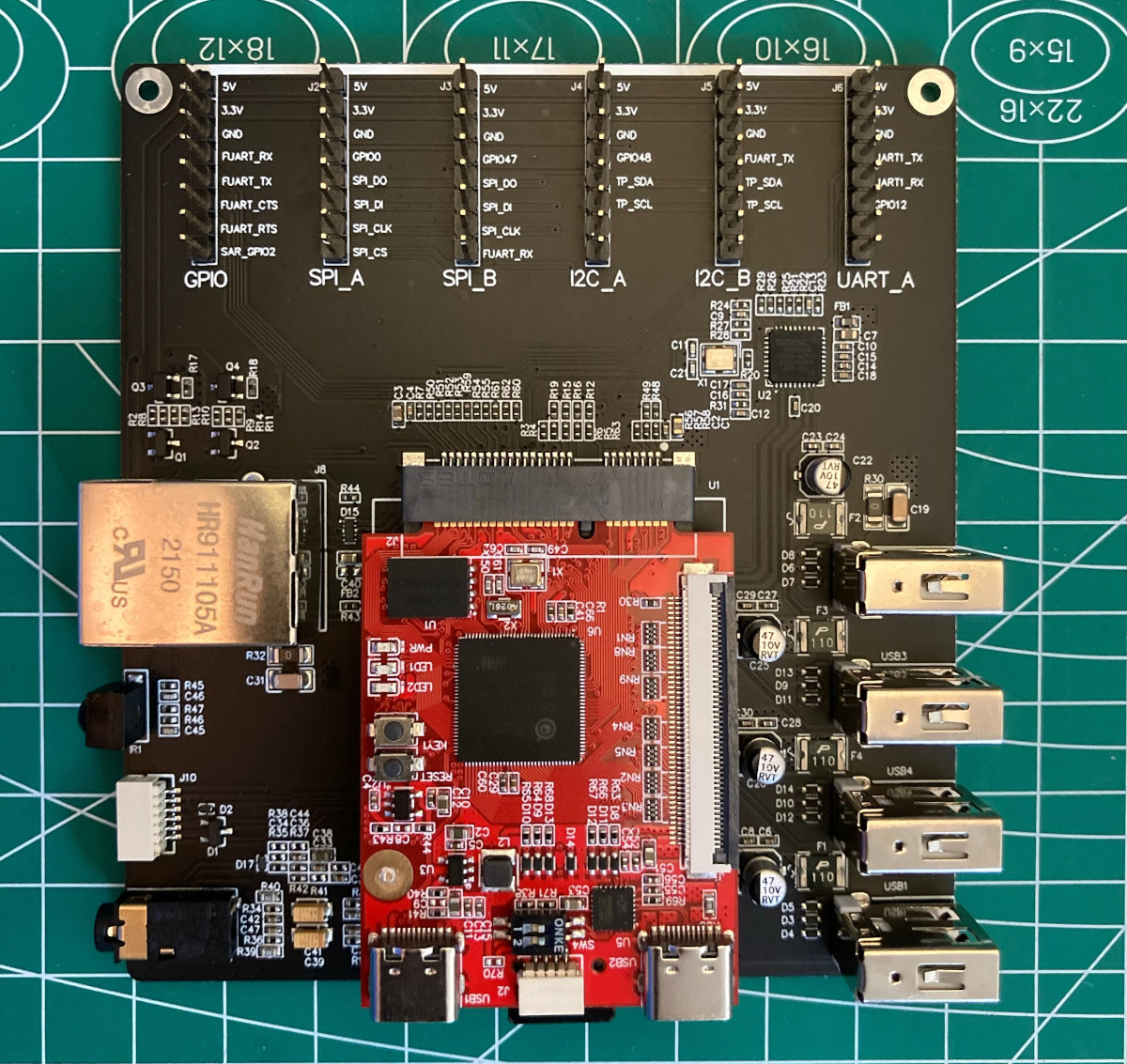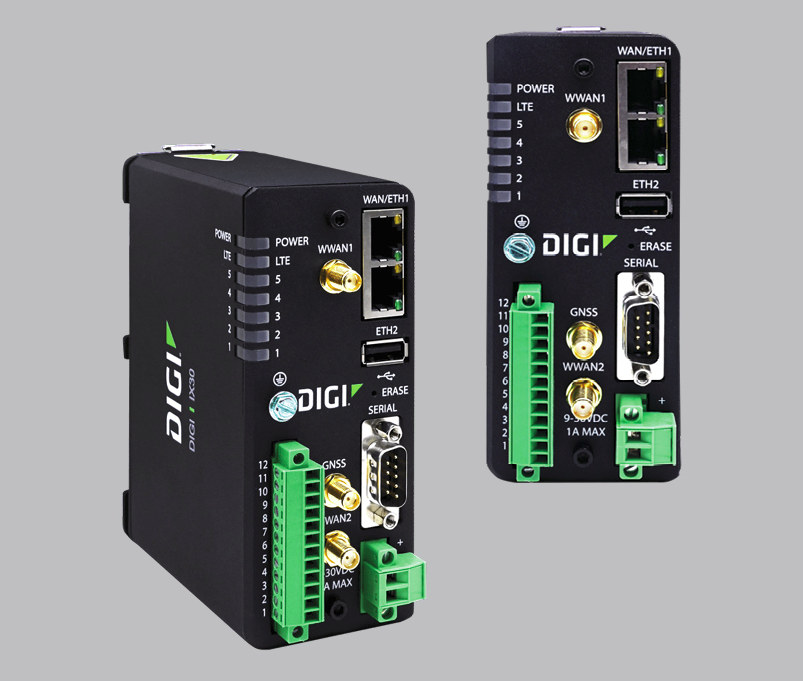Avnet RZBoard V2L is an Arm Linux SBC for AI vision applications that’s about the size of a business card (or a Raspberry Pi), and powered by a Renesas RZ/V2L Cortex-A55/M33 processor with an on-chip DRP-AI accelerator. The board also comes with 2GB DDR4, 32GB eMMC flash, 16MB QSPI flash, Gigabit Ethernet, WiFi 5 and Bluetooth 5.0, multiple USB ports, MIPI DSI/CSI interfaces, as well as a Pi HAT compatible 40-pin GPIO header. RZBoard V2L specifications: SoC – Renesas RZ/V2L with 2x Arm Cortex A55 cores @ up to 1.2 GHz, 1x Arm Cortex M33 real-time core @ 200 MHz, Arm Mali G31 GPU @ 500MHz, DRP-AI accelerator, DRP Simple ISP (full HD), and a H.264 Hardware Video Enc/Dec (full HD) System Memory – 2GB DDR4 (16-bit with ECC) Storage 32GB eMMC flash 16MB QSPI NOR Flash MicroSD card socket Video Output – MIPI DSI and HDMI (selectable) Camera I/F […]
DepthVista USB 3D ToF camera supports close range depth measurement, far-range object detection
DepthVista is a USB Time-of-Flight (ToF) camera designed for precise 3D depth measurement in close range mode (1.2m) and person and/or object detection in far-range mode up to 6 meters away. This ToF camera combines a 3D depth camera capable of 640 x 480 @ 30fps, and an Onsemi AR0234 color global shutter sensor supporting HD and FHD at up to 30fps, plus an 850nm VCSEL (vertical-cavity surface-emitting laser) for safety and the ability to operate in complete darkness. e-con Systems’ DepthVista (See3CAM_TOF_25CUG) specifications: Depth camera 3D camera technology: Time-of-Flight Depth range Near mode – 0.2m to 1.2m Far mode – 1m to 6m Illumination: 850nm pulsed laser (Indoor) Accuracy: Up to 1% depending on environmental conditions Output format: Y16 (raw 12-bit) Resolutions Depth – 640 x 480 @ 30fps IR – 640 x 480 @ 30fps Depth + IR – 640 x 960 @ 30fps FOV – 84.29° (H) […]
Rockchip RK3588 CPU module exposes more I/Os through four board-to-board connectors
We’ve already seen several Rockchip RK3588 modules with Firefly Core-3588J, Turing RK1, and Banana Pi RK3588_CV1, all with an edge connector to insertion into the carrier board. Rongpin RD-RK3588 system-on-module is a little different with four board-to-board connectors that enable a slightly more compact design, and should expose more I/Os than say a 314-pin MXM edge connector. The module ships with up to 16GB of RAM, 128 GB of storage, a Rockchip RK806-1 PMIC, and the company also offers a development kit with RD-RK3588-B baseboard fitted with the module for evaluation and early software development. RD-RK3588 board-to-board module RD-RK3588-C core module specifications: SoC – Rockchip RK3588 octa-core processor with 4x Arm Cortex-A76 cores @ up to 2.4 GHz, 4x Arm Cortex-A55 cores, Arm Mali-G610 MP4 GPU with support for OpenGL ES3.2, OpenCL 2.2, Vulkan1.1, 6 TOPS NPU, 48MP ISP, 8Kp60 video decoding, 8Kp30 video encoding System Memory – 4GB, 8GB, […]
x86 system-on-module features 1GHz DM&P Vortex86DX3 processor
DM&P Vortex86DX3 is an x86 embedded processor launched in 2015 that we’ve previously found in single board computers and mini PCs, but I’ve just noticed ICOP was offering the SOM304D3 system-on-module based on the single and dual-core versions of the Vortex86DX3 SoC. The SOM304D3 is available with 1 or 2GB DDR3 RAM, works in a wide temperature range (up to -40°C to +85°C), and is designed for space-constrained industrial applications, especially those requiring legacy interfaces like ISA, IDE, and/or a parallel port (aka printer port). SOM304D3 specifications: SoC – DM&P Vortex86DX3 single or dual-core x86 processor @ 1 GHz, 2D GPU System Memory – 1GB or 2GB DDR3 Storage – Optional 4GB eMMC flash; SPI flash for AMI BIOS 4x 76-pin board-to-board connectors: Storage – SATA 1.0, IDE, SD Display VGA up to 1920 x 1080 @ 60Hz TFT LCD up to 1024 x 768 @ 60Hz Audio – 1x […]
Raspberry Pi CM4 compatible module coming soon with Amlogic A311D CPU
Despite assurances by Eben Upton that there’s no supply shortage of Raspberry Pi CM4 modules for commercial and industrial customers, installations or projects requiring just a few modules may be out of luck. So alternatives are needed, and after seeing Rockchip RK3566-based SoMs compatible with Pi CM4, namely the Pine64 SoPine and Radxa CM3, Banana Pi is working on a Raspberry Pi CM4 compatible module powered by Amlogic A311D hexa-core Arm Cortex-A73/A53 processor. Banana Pi BPI-CM4 specifications: SoC – Amlogic A311D hexa-core processor with 4x Arm Cortex-A73 @ 2.0 GHz and 2x Arm Cortex-A53 @, Arm Mali-G52 MP4 (6EE) GPU, 5 TOPS NPU System Memory – 2GB/4GB LPDDR4 RAM Storage – 16GB eMMC flash (up to 128GB) Networking – Gigabit Ethernet PHY on-module, optional WiFi 5/6 module with on-board PCB antenna and external antenna 2x 100-pin high-density board-to-board connector (mostly) compatible with Raspberry Pi CM4 with 1x HDMI, 1x MIPI […]
Microchip SAMA7G54 is a single-core Arm Cortex-A7 microprocessor for low power AI camera & audio applications
Microchip has just announced the 1 GHz SAMA7G54 single-core Arm Cortex-A7 microprocessor (MPU) with MIPI CSI-2 and parallel camera interfaces, as well as up to four I2S, one SPDIF transmitter and receiver, and a 4-stereo channel audio sample rate converter. The company specifically launched a single-core processor to offer a lower power solution for AI camera and audio solutions, and the chip is coupled with the MCP16502 power management IC that has been optimized to provide the best power/performance ratio for the SAMA7G54. Microchip SAMA7G54 specifications: CPU – Arm Cortex-A7 based MPU @ up to 1GHz with 256KB L2 cache Memory – DDR2/DDR3/DDR3L/LPDDR2/LPDDR3 up to 533MHz Storage – Quad SPI, Octal SPI, 3x SD/eMMC Camera I/F – MIPI CSI-2 (2-lane up to 1.5 Gbps each) and 12-bit parallel camera Up to 8 Mpixel @ 30 fps Audio – Up to 4x I2S, PDM, SPDIF (Rx/Tx), 4 stereo channel ASRC Networking […]
DongShanPi One – A SigmaStar SSD202D system-on-module with a mini PCIe edge connector for GPIO, Ethernet…
DongShanPi One system-on-module features SigmaStar SSD202D Arm Cortex-A7 processor with 128MB on-chip RAM, a 128MB NAND SPI flash and a microSD card slot, an LCD interface, two USB Type-C ports, and a mini PCIe edge connector that exposes interfaces like Ethernet, USB, and GPIOs when connected to a baseboard. I noticed the module in Linux 5.18 changelog yesterday together with the Miyoo game console, with support being added by dgp (Daniel Palmer), a frequent commenter on CNX Software, who also happen to maintain the linux-chenxing community. The DongShanPi One is optionally offered with a baseboard equipped with an RJ45 port, four USB ports, an IR receiver, and plenty of GPIO headers for expansion. DongShanPi One specifications: SoC – SigmaStar SSD202D dual-core Cortex-A7 processor @ 1.2 GHz with 128MB on-chip DDR3, H264/H265 decoding, and MJPG encoding Storage – 128MB SPI NAND flash and microSD card Display I/F – 50-pin FPC RGB888 […]
Digi IX30 is a cellular router for Industry 4.0, public safety, harsh environments
Digi IX30 is a 4G LTE cellular router for industry 4.0 designed for distribution and automation, remote machines and sensor monitoring in industries such as oil and gas production, water utilities, smart cities, and outdoor signage. The Digi IX30 is a rugged device able to operate in harsh environments, and the US model supports FirstNet nationwide wireless broadband network dedicated to public safety in the event of an emergency (e.g. terrorist attack). The network is designed for first responders, city services, and infrastructure, as well as drilling and gas wells, Internet-connected irrigation systems, waste disposal, and septic tank services among others. A future version will also support the Anterix Band 8 (900 MHz) for critical infrastructure/mission-critical private LTE networks. Digi IX30 specifications: SoC, memory, storage – No information, except the processor is running Linux. Connectivity Ethernet – 2x 10/100M Fast Ethernet ports Cellular options FirstNet capable LTE Advanced Cat 7 […]


